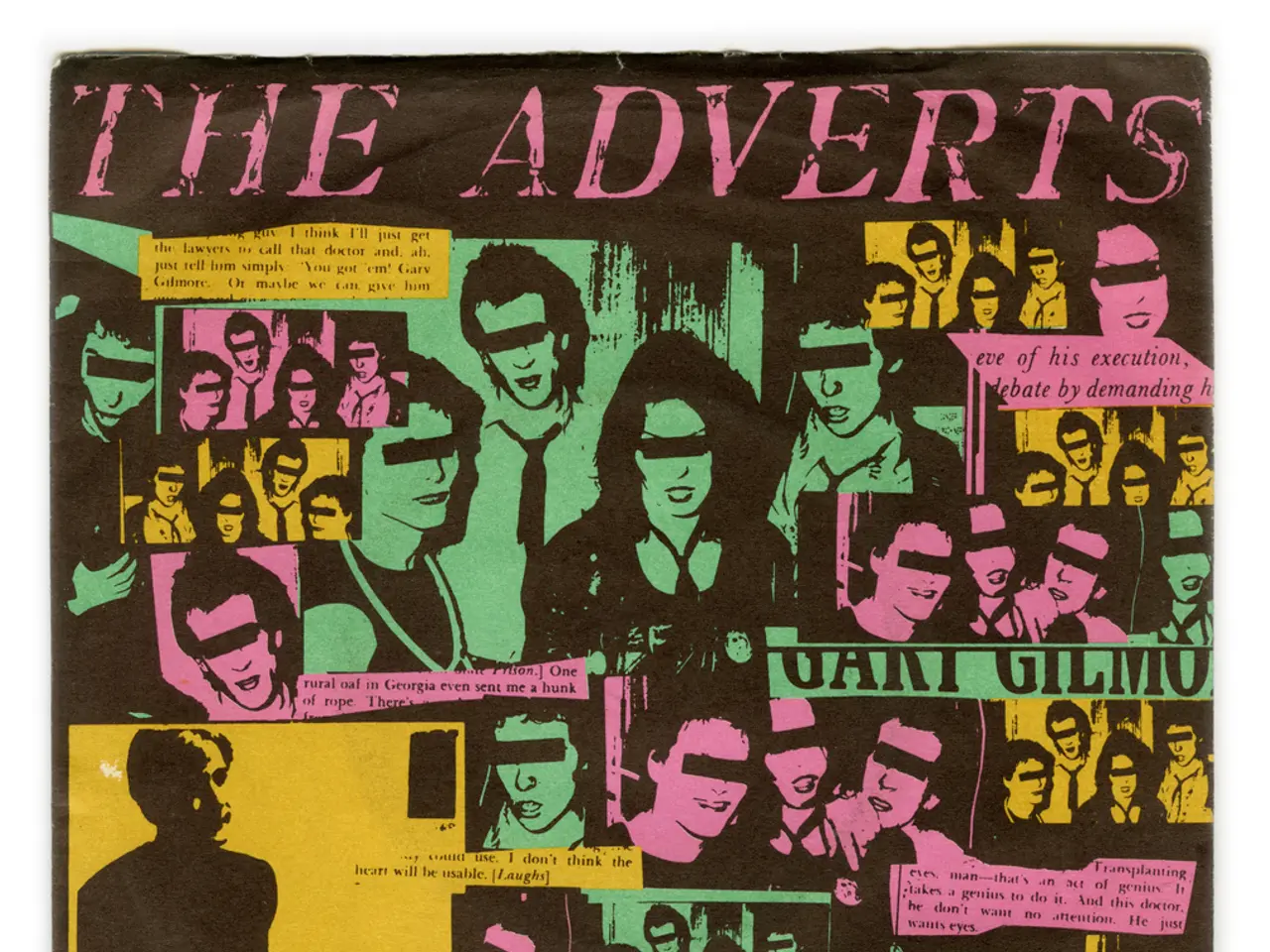Movie posters feature white actors more frequently!
In the realm of American cinema, the representation of non-white actors on film posters remains unequal, despite recent advancements. This disparity can be attributed to enduring systemic issues such as casting biases, stereotypical roles, and industry structural inequalities that favour white actors in lead and prominently marketed roles.
One of the key reasons for this imbalance is the practice of whitewashing and racial casting biases. Historically, white actors have been cast in non-white roles, contributing to the underrepresentation and misrepresentation of racial minorities in visible promotional materials like posters. Although there is growing awareness and opposition to whitewashing, such practices still exert a significant influence on the visibility of non-white actors.
Another significant factor is the limited availability of diverse roles and the perpetuation of stereotypes. Non-white actors are often relegated to stereotypical or minor roles, which translates into less prominent placement or exclusion from film posters designed to attract broad audiences. This reinforces a cycle where the non-white presence is marginalized in marketing.
The film industry's promotional decisions often align with perceived audience preferences and marketability, historically privileging white actors as the "face" to maximize box office appeal. Despite demographic changes and calls for diversity, these industry norms and market assumptions create systemic barriers to equitable representation in film imagery.
The perpetuation of racial stereotypes and exclusion originated in early cinema and the dominant Hollywood studio system, influencing current practices around casting and media portrayal.
Recent films and campaigns, such as #StarringJohnCho, have pushed for more authentic representation and inclusion. However, the entrenched structural and cultural dynamics mean that non-white actors frequently remain underrepresented or less prominently featured on film posters compared to white actors.
A study published in the journal Humanities and Social Sciences Communications analyzed over 45,000 film posters from 1960 to 2021, focusing on four ethnic groups: white, black, Indian, and Asian. The study found that while representation of black, Asian, and Indian actors has increased, the majority of representation is still dominated by white actors.
The study also found that Asian actors have a higher likelihood of appearing in posters for action films, while black actors are more likely to be in crime films. Additionally, black actors have a higher likelihood of appearing in lower positions in film cast lists, and white actors are more likely to be placed centrally on film posters.
The average size of white actors' faces on posters is 25% larger than those of non-white actors, indicating a clear bias in representation. The percentage of white actors on film posters decreased from over 90% in 1960 to 77% in 2020, but there is still a long way to go to achieve fair representation in the film industry.
The study suggests that posters with six or more diverse actors or a non-white lead are more likely to feature non-white actors, providing a glimmer of hope for a more equitable future in film marketing. However, there is much work to be done to dismantle the systemic and cultural barriers that perpetuate unequal representation in promotional materials.
Read also:
- Roosting Shark and Rambunctious Red Squirrels: Unconventional House Rental in Yorkshire Involving Aquatic Marvel, Squirrely Mayhem, and Mystical Planning Regulations
- "Primal instincts at play: Subnautica 2 designer notes our affinity for weapon-making stems from a fundamental desire for protection and sustenance"
- Dragon Age series might find a promising future with remasters, according to ex-BioWare producer Mark Darrah, but it seems unlikely that EA and BioWare possess the capability for such undertakings at present.
- In Verdansk, the dominance of automated systems in Warzone is causing an integration with Stalker, leading to a blurring of lines in the user's mind.








